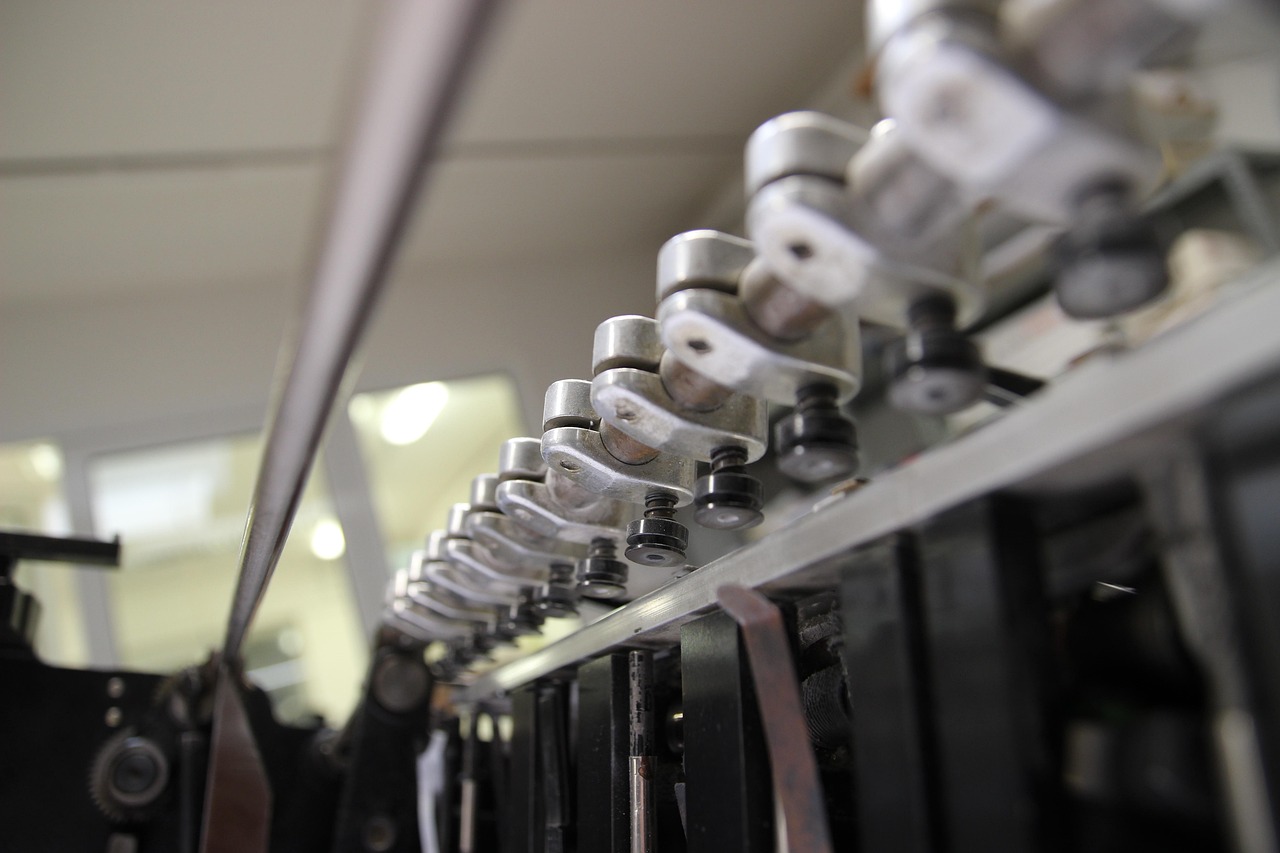Selecting the right printbase paper is crucial for achieving consistent lamination results across various applications. As production managers and procurement heads in the furniture, manufacturing, and packaging industries understand, the quality of the base paper directly impacts the final product's durability, aesthetic appeal, and functionality. In this blog post, we will explore the key factors to consider when selecting printbase paper to ensure optimal lamination outcomes.
Printbase paper serves as the foundational substrate for coatings and laminates, and its characteristics can significantly influence the efficiency of the lamination process and the quality of the finished product. High-quality printbase paper should have properties such as high opacity, excellent absorbency, and surface smoothness. These attributes not only enhance the print quality but also ensure that the coatings adhere properly, resulting in a durable and visually appealing final product.
"Using high-quality printbase paper can reduce lamination defects by over 40%, leading to significant cost savings in production." - Industry Expert
Industries such as furniture manufacturing and packaging can leverage superior printbase paper to enhance their production outcomes. For example, furniture made with high-quality laminate papers not only boasts better resistance to wear and tear but also improves overall aesthetic appeal, making products more attractive to consumers. Similarly, packaging that utilizes robust printbase paper can withstand handling and environmental stressors, ensuring that the products within remain safe and secure.
What Should You Consider When Choosing Printbase Paper?
When selecting printbase paper, there are several technical specifications and factors to consider that can impact lamination performance. These include:
- Opacity: High-opacity paper minimizes show-through, ensuring vibrant colors and sharp images.
- Absorbency: Proper absorbency levels allow for even ink distribution and reduce the risk of bubbling during lamination.
- Surface Smoothness: A smoother surface contributes to better adhesion of coatings and laminates, enhancing durability.
- Thickness: The right thickness provides structural integrity, supporting different coating applications without compromising flexibility.
- Environmental Resistance: Selecting paper with enhanced resistance to moisture, heat, and chemicals can significantly extend the life of laminates in demanding environments.
By focusing on these characteristics, businesses can ensure that they are not only choosing the right printbase paper but also maximizing the return on investment (ROI) for their lamination processes. The initial investment in high-quality materials often leads to significant savings in production costs due to reduced waste and rework.
At Prime Colors, we specialize in providing a range of printbase paper options tailored to the specific needs of various industries, including solid color coating and PE coating for packaging. Our expertise in surface finishing solutions ensures that your products meet the highest quality standards while standing out in a competitive market. If you are looking to enhance your lamination results through superior printbase paper, contact our technical team for a consultation today.
